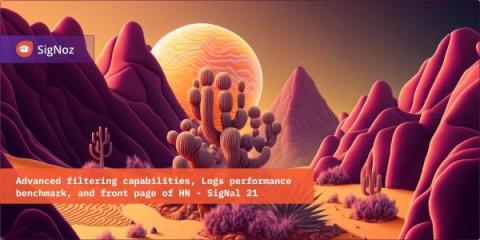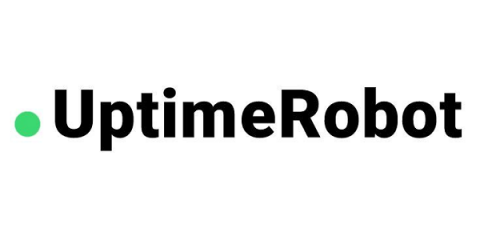Why You Need a Centralized Approach to Monitoring
With a standard model for monitoring data across the organization, different teams can use a common infrastructure and extract maximum value from it. Monitoring (also sometimes referred to as observability) involves collecting and analyzing data from a source over time to track its health and/or performance. Because change occurs over time, virtually all monitoring data is time series data, meaning it has a timestamp.











